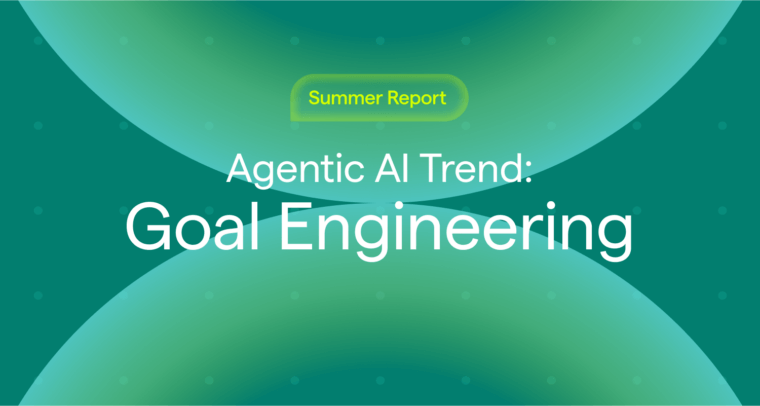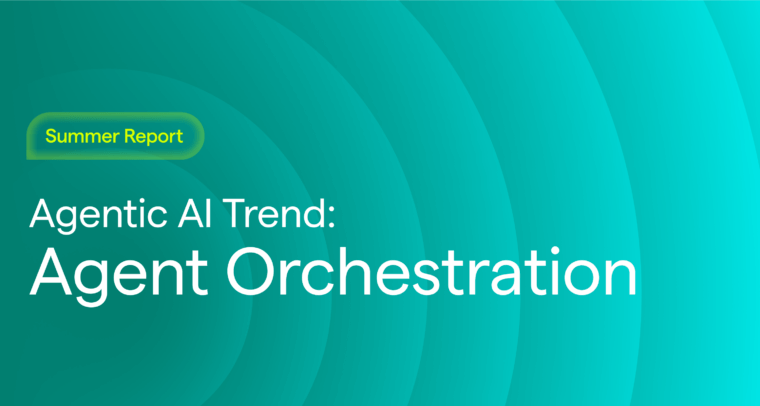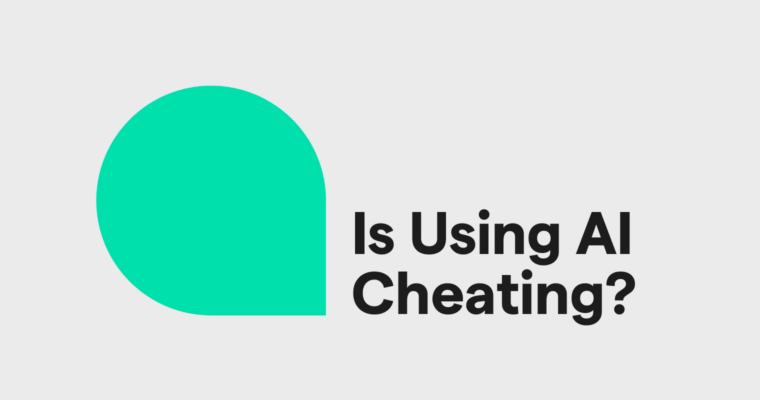
Over the past two decades, enterprises have built tech stacks fueled by “systems of record.” CRMs. Project trackers. Knowledge bases. These platforms serve as the single source of truth for the business, enabling teams to capture knowledge, track progress, and preserve data at scale. They’ve been essential to creating consistency, accountability, and alignment across organizations.
But while systems of record are great at storing information, they rely on people to extract value from that information—manually searching, switching tools, interpreting data, and taking the next step. And that’s where cracks are starting to show.
In Grammarly’s annual report, The Productivity Shift, we found that 77% of professionals are overwhelmed by the sheer volume of information. And 83% say they lack the tools or resources to find and use information effectively. Productivity isn’t suffering because we lack data—it’s suffering because we lack the ability to turn that data into action.
That’s where agentic AI comes in—not as a replacement for systems of record but as the catalyst that transforms them. Agents are the missing layer that turns stored data into real value. They work across tools, pull context from systems, and proactively execute tasks, bridging the gap between insight and action.
With agents in place, systems of record become systems of action. The foundations remain, but now they’re activated—delivering value not just through access, but through intelligent execution.
What is agentic AI?
Let’s back up a bit and define agentic AI. Think of agentic AI as your partner in getting work done. Unlike traditional chatbots that wait for commands, agents are proactive collaborators that work on your behalf. They understand what you’re working on, what data you need, and what steps are required to move things forward.
As I like to describe it, agents are your all-knowing partners in crime. They’re there when you need them, helping you get through your work faster, with better results. Whether preparing a cross-functional QBR deck using insights from your CRM, email threads, and analytics dashboards, or auto-generating multilingual messaging for global marketing teams, agents don’t just make suggestions—they act on your behalf to boost productivity and amplify your impact.
Not all agents are created equal, though—and that’s a good thing. Most of what we see today are task agents, designed to handle specific, repeatable actions like summarizing notes or rewriting content. As we progress, we’ll see the rise of multi-agent workflows—systems where multiple agents coordinate to complete more complex, cross-functional tasks. Eventually, some agents will reach a level of full autonomy, where they can plan, execute, and adapt workflows end-to-end with minimal need for intervention once you set the proper guardrails.
For enterprise teams, the true value of agentic AI lies in how it leverages the data locked across multiple systems of record and shifts to a system of action. So, how does this shift play out in real workflows? Let’s start with a system of record most of us know well: the Customer Relationship Management platform, or CRM.
Your CRM will still exist. You just won’t use it the same way.
Today, sales reps log calls, update pipeline stages, and pull reports in your CRM—often by jumping between interfaces and clicking through fields.
Tomorrow? The CRM will still exist, but reps won’t need to spend valuable time there. They won’t even need to open it. Instead, an AI agent will be integrated into the tools they already use, such as their email or within a Coda page. It will pull customer history from your CRM, context from emails, and sales data from your business intelligence tool. Then, it will generate a follow-up message, suggest the next action, update the opportunity stage, and log the activity—all automatically, in the background.
This is the shift from systems of record to systems of action. Systems of record capture and store information. Systems of action put it to work with intelligent agents that turn those records into action.
This isn’t speculative. We’re already seeing early agentic systems surface in sales, support, and operations. But today, most of these systems are still limited—they’re often contained within a single platform, and focused on single task-level execution. Over time, I expect more platforms to embrace this shift by repositioning themselves not as stand-alone interfaces, but as reliable sources of truth that agents can access to drive action. The real differentiation won’t be in how many dashboards you can log in to—it’ll be in how well your systems work together through intelligent agents that operate across them.
Rewriting the role of enterprise tools
- Does this system offer open APIs and interoperability?
- Can agents access the right context, at the right time, across platforms?
- Are my workflows defined by tools or by outcomes?
At Grammarly, we’ve long focused on delivering AI support that feels intuitive, contextual, and embedded directly into your workflow. In many ways, that’s the foundation of what agentic AI will feel like—systems that show up at the right moment, understand what you’re trying to do, and help move your work forward. Now we’re building on that foundation with agents that go further: drawing on enterprise context, taking action across tools, and proactively completing tasks, not just suggesting them.
The next generation of enterprise productivity will come from agents and apps that work for the person, not the other way around.
– Alex Gay, VP of Marketing at Grammarly






